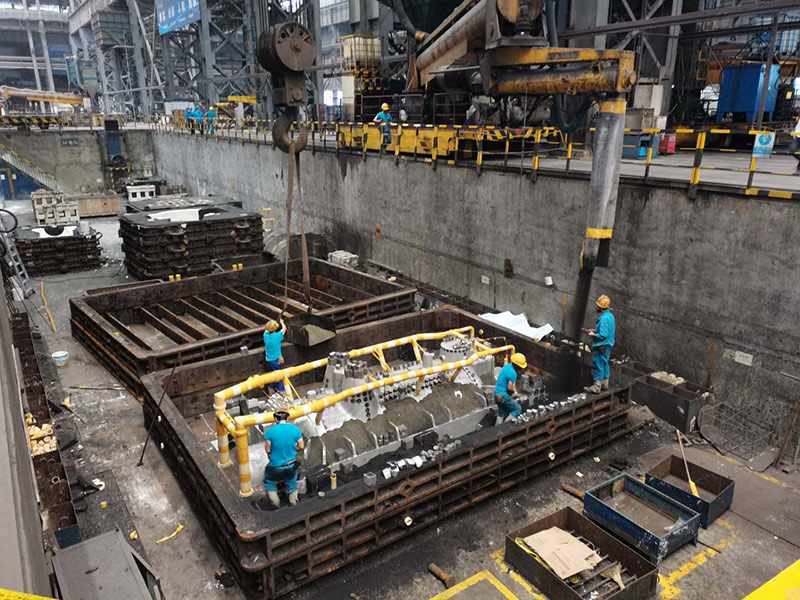Sanding 3D Printed Objects A Comprehensive Guide
The rise of 3D printing technology has revolutionized how we design and produce objects, offering limitless possibilities for innovation across various industries. However, the process does not end with printing; post-processing steps, especially sanding, are crucial for achieving high-quality results. Sanding 3D printed objects enhances their aesthetics, improves functionality, and prepares them for final finishes. This article will explore the significance of sanding in the 3D printing process, techniques, tools, and tips for achieving the best results.
First and foremost, understanding the importance of sanding is vital. 3D printed items, regardless of the printing method—be it Fused Deposition Modeling (FDM), Stereolithography (SLA), or Selective Laser Sintering (SLS)—often exhibit visible layer lines, rough textures, and imperfections. These features can detract from the overall appearance and feel of the object. Sanding helps to smooth these surfaces, creating a professional finish suitable for display or use. Additionally, by smoothing the surfaces, sanding can also enhance the adhesion of paints or coatings applied afterward, leading to better and more durable results.
Sanding 3D Printed Objects A Comprehensive Guide
The choice of sanding tools is equally important in achieving the desired results. Hand sanding with sandpaper is common, but using sanding blocks or sponges can provide better control and help maintain even pressure over the surface. For larger areas, power tools like rotary sanders or even Dremels equipped with sanding attachments can speed up the process, though they require careful handling to avoid over-sanding or damaging the print. Moreover, sanding discs designed for particular materials can yield better results than standard sandpaper.
sanding 3d printed objects

Beyond choosing the right techniques and tools, it's crucial to adopt a systematic approach during the sanding process. First, inspect the 3D printed object for specific problem areas, such as layer seams or rough edges. Start sanding with coarse grit in those areas, moving gradually towards finer grit as the surface improves. It's also helpful to regularly wipe the surface to remove sanding dust, as this can obstruct your view of imperfections.
One common challenge when sanding is dealing with intricate designs or details. For complex geometries, a careful approach is required. Using small pieces of sandpaper or specialty tools such as needle files can help reach tight spots without compromising the overall structure. Patience is key; taking time to address these detailed areas can significantly enhance the final appearance.
Finally, after sanding, it’s wise to clean the object thoroughly to remove any dust particles before applying any primer or paint. A well-prepared surface will not only look better but will also help the finish adhere correctly, prolonging the life of the paint and preventing issues like peeling or chipping.
In conclusion, sanding 3D printed objects is a critical step in the post-processing phase that can dramatically enhance the appearance and functionality of the final product. By employing the right techniques, tools, and a patient, systematic approach, enthusiasts and professionals alike can elevate their 3D prints from merely functional items to stunning, high-quality masterpieces. So the next time you finish a print, don’t overlook the power of sanding—an essential art in the world of 3D printing.
Post time:Desemba . 07, 2024 14:56
Next:Innovations in 3D Sand Printing Technology for Enhanced Manufacturing and Design Solutions
